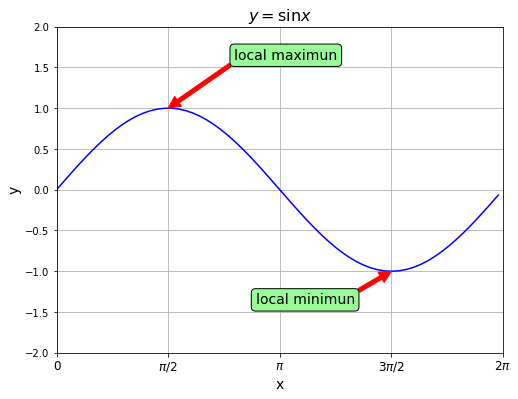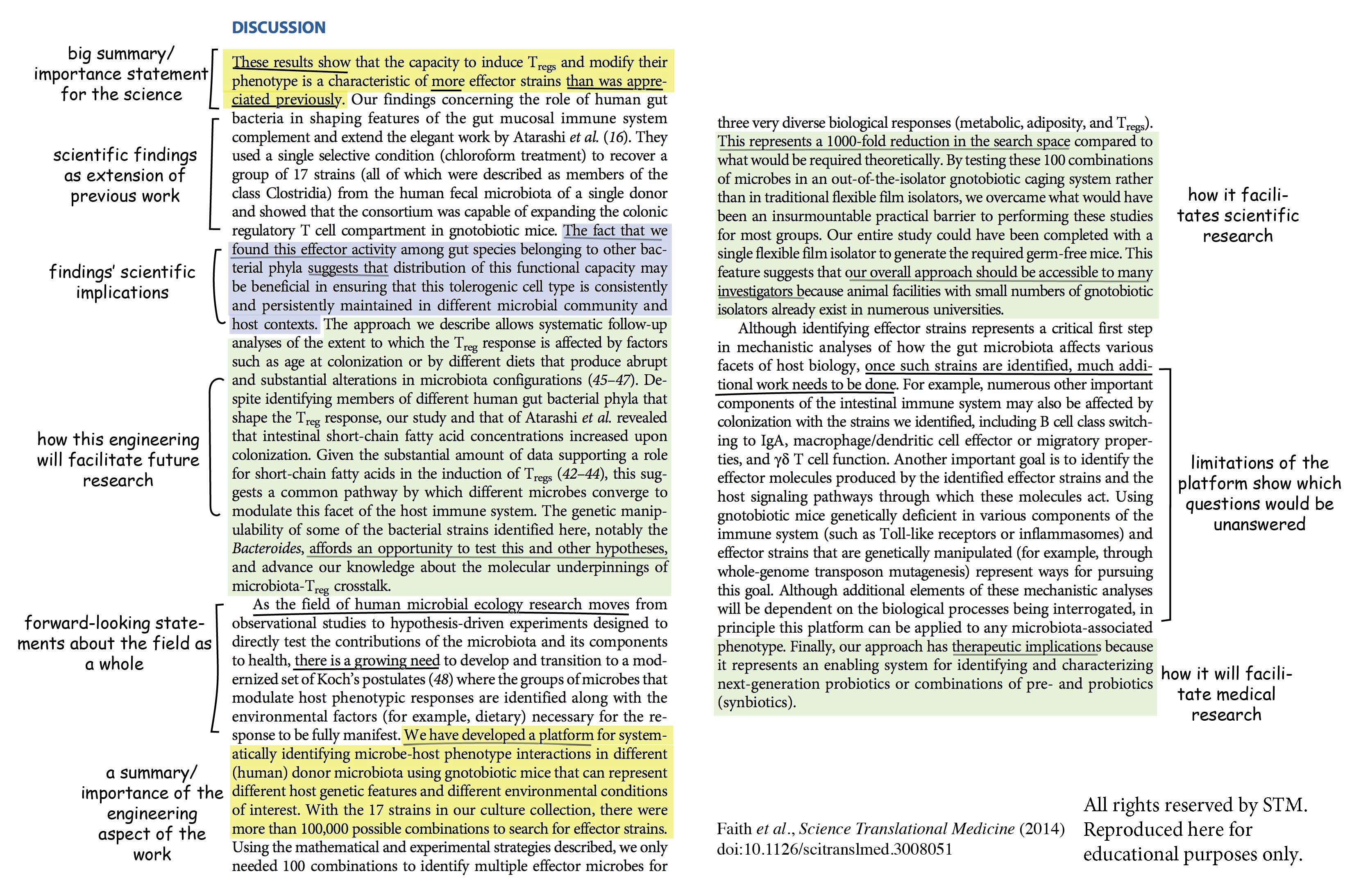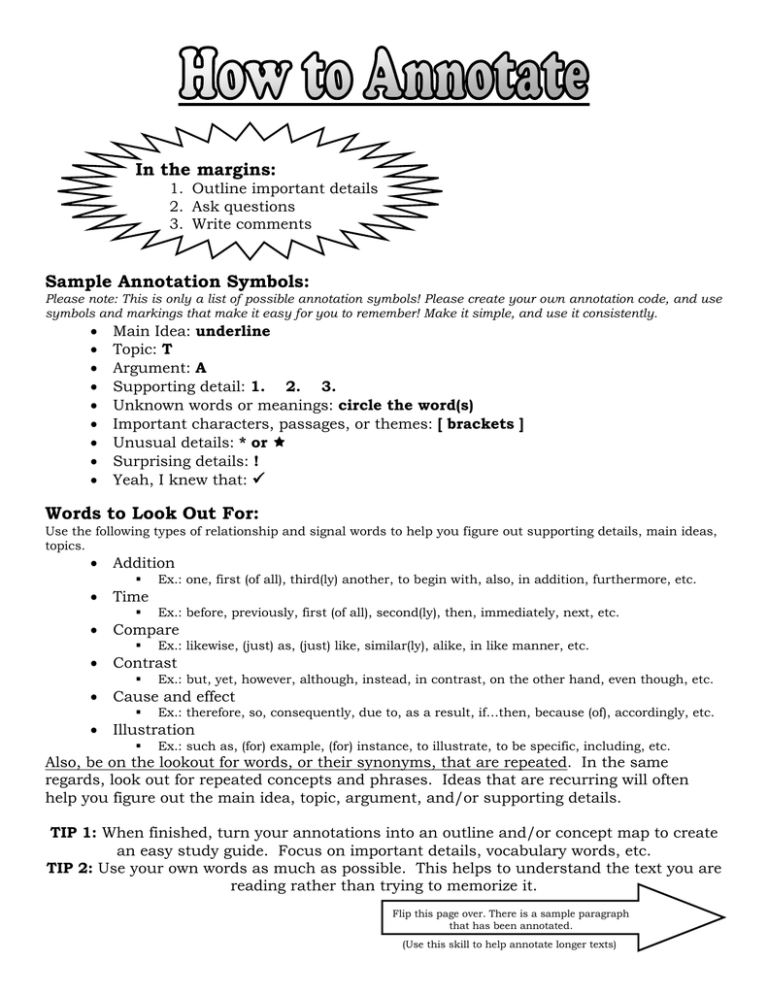
Increasing the time away from parents before marrying increased individualism, self-sufficiency, and changes in attitudes about families. They find their hypothesis strongly supported in young females, while the effects were fewer in studies of young males. The authors, researchers at the Rand Corporation and Brown University, use data from the National Longitudinal Surveys of Young Women and Young Men to test their hypothesis that nonfamily living by young adults alters their attitudes, values, plans, and expectations, moving them away from their belief in traditional sex roles. Nonfamily living and the erosion of traditional family orientations among young adults.

Waite, L., Goldschneider, F., & Witsberger, C.
#Annotate example manual#
The following example uses APA style ( Publication Manual of the American Psychological Association, 7th edition, 2019) for the journal citation: Online citation guides for both the Modern Language Association (MLA) and the American Psychological Association (APA) styles are linked from the Library's Citation Management page. For information on the author's background and views, ask at the reference desk for help finding appropriate biographical reference materials and book review sources.Ĭheck with your instructor to find out which style is preferred for your class.
#Annotate example how to#
Include one or more sentences that (a) evaluate the authority or background of the author, (b) comment on the intended audience, (c) compare or contrast this work with another you have cited, or (d) explain how this work illuminates your bibliography topic.Ĭritically Appraising the Book, Article, or Documentįor guidance in critically appraising and analyzing the sources for your bibliography, see How to Critically Analyze Information Sources. Write a concise annotation that summarizes the central theme and scope of the book or article. Then choose those works that provide a variety of perspectives on your topic.Ĭite the book, article, or document using the appropriate style. Briefly examine and review the actual items. Annotations are descriptive and critical they may describe the author's point of view, authority, or clarity and appropriateness of expression.Ĭreating an annotated bibliography calls for the application of a variety of intellectual skills: concise exposition, succinct analysis, and informed library research.įirst, locate and record citations to books, periodicals, and documents that may contain useful information and ideas on your topic. The purpose of the annotation is to inform the reader of the relevance, accuracy, and quality of the sources cited.Ībstracts are the purely descriptive summaries often found at the beginning of scholarly journal articles or in periodical indexes. Each citation is followed by a brief (usually about 150 words) descriptive and evaluative paragraph, the annotation. However, it’s up to you to ensure the information they provide is reliable and accurate.Īlways make sure to properly cite your sources to avoid plagiarism.An annotated bibliography is a list of citations to books, articles, and documents. Primary sources are often considered the most credible in terms of providing evidence for your argument, as they give you direct evidence of what you are researching.

If you use one of these in your research, it is probably a primary source. Some types of source are nearly always primary: works of art and literature, raw statistical data, official documents and records, and personal communications (e.g. Are you directly analyzing the source itself (primary), or only using it for background information (secondary)?.




 0 kommentar(er)
0 kommentar(er)
